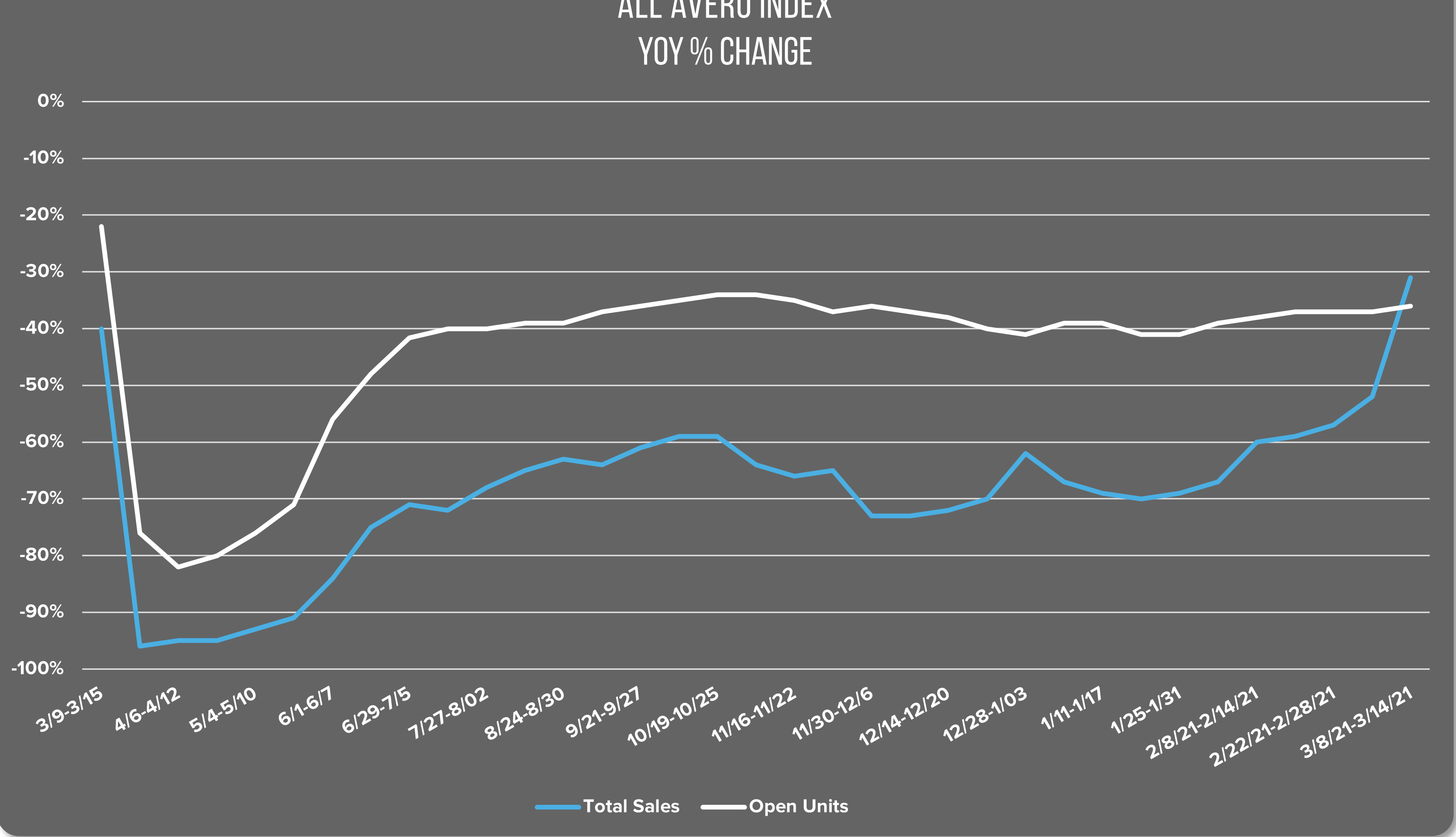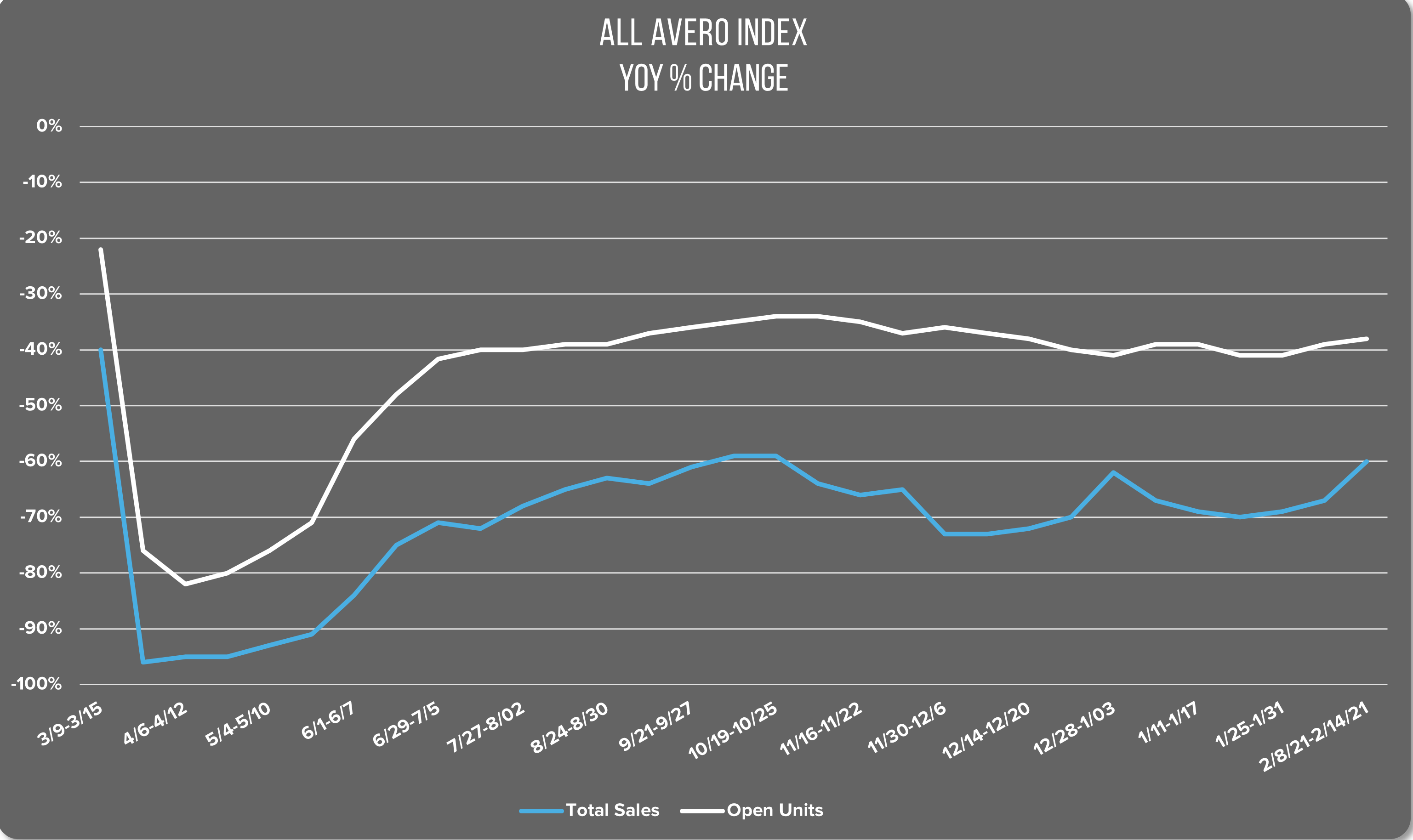
Are your raw materials putting a squeeze on your profit margins? Food cost management is one of the most important controls you should focus on if you want to run a profitable restaurant. While year-over-year food cost market trends have decreased by a few percentage points over the past few months, in the long-term prices only continue to rise. That’s why we thought we should show you three simple tricks to help you manage commodity food costs at your restaurant, and minimize the affects of these increasing costs.
Be Proactive About Pricing
Managing your food costs is essential to the success of your restaurant, but all those numbers can be daunting. The good news is, you don’t have to track food commodity prices all on your own! Use resources like the USDA as your crystal ball to help you predict how the price of your ingredients might change in the future. For instance, the USDA’s Consumer Price Index forecast predicts that poultry prices will increase by up to 2.5% in 2018. Food prices fluctuate often, so by proactively tracking those prices, you can adjust your recipes accordingly with what makes sense for your restaurant – and your budget. If pork prices are projected to increase, you should think about increasing the price of your pork dishes, or consider rotating more beef dishes onto your menu in place of those with pork.
Take a look at our short video on how to leverage your purchasing power:
Prioritize Prep & Portion Control
It’s very important to keep a close eye on food portioning and waste in your kitchen. Otherwise, the profit margins you worked so hard for will disappear on inconsistent plate portions and in the garbage. You should run very lean prep by knowing just the right amount of food to prepare for your forecasted sales for each day. This will cut down on unused prepped ingredients being thrown in the trash at the end of service. You should also be wary of keeping portioning and cooking standardized. It should raise a red flag if you regularly see a lot of food left on the plate when your guests finish their meals. This likely means you are over-portioning. Inconsistent dishes can also erode customer satisfaction and frustrate your guests. Thorough training and communication of this importance with your employees is the key to ensuring staff are entering, reading, and preparing orders correctly.

Quality Where It Counts
You’re probably committed to serving your guests delicious, fresh food. But do you really need to pay a premium for top brand, high-grade products for all your ingredients? While it may be worth it to fork over the extra dollars for fresh produce and center-of-the-plate proteins, do you really need to use those pricier fancy tomatoes to make salsa that you give out with chips for free? Reviewing the product specifications and testing out different product grades when you’re designing recipes can make a world of difference in terms of the profit you’ll bring in per dish.
In short, price, prep, portions, and quality are your key ingredients to ensuring you boost, and not bust, your bottom line. Keep these quick tips in mind, and it will help you to better assess and adjust your food costs and budget in the long run.
For a more in depth look on managing your food costs, download our free ebook on the 6 Golden Rules of Easy Food Cost Management.
{{cta(‘538d1bf7-cb49-421e-8b3b-efc140cb0c58′,’justifycenter’)}}





